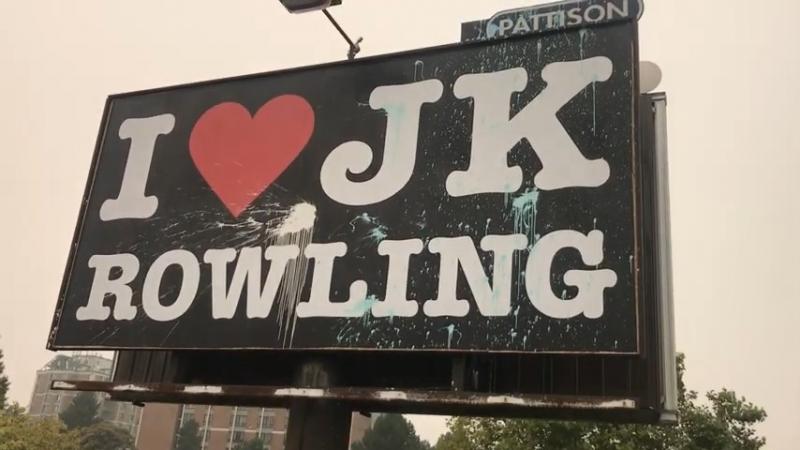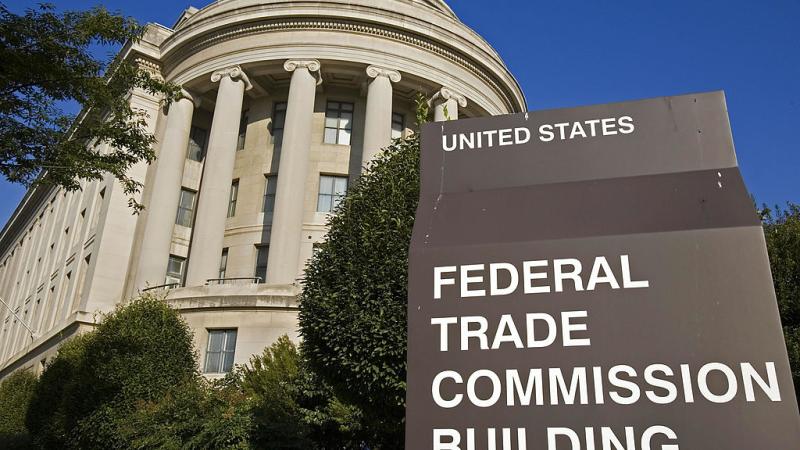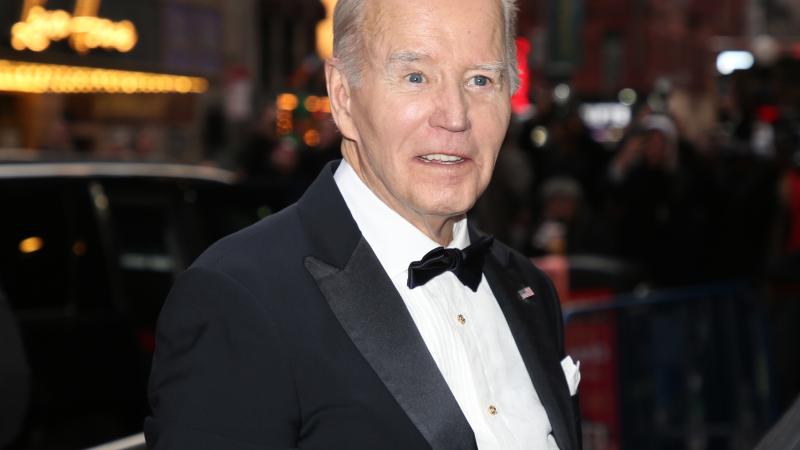Campus speech policies simultaneously getting better and worse: report
"Overbroad" harassment policies drove "red light" ratings in Foundation for Individual Rights and Expression's annual review of universities. USC belatedly dropped ban on "offensive jokes" that earned bad rating.
It was the best of times, it was the worst of times.
The extremes are taking out the middle in not only American politics but free speech on campus, with the share of colleges whose policies either "do not seriously imperil free expression" or "clearly and substantially restrict free speech" both growing over the past year, according to a new study.
The Foundation for Individual Rights and Expression published its annual report on campus speech codes Wednesday, rating nearly 500 colleges on its worst-to-best stoplight system of red, yellow and green codes for the 2022-2023 school year based on their written policies.
The report follows the civil liberties group's survey of campus speech attitudes and rankings of about 250 colleges, which considers "a university’s 'as-applied' violations of student speech rights or other cases of censorship" and "student- or faculty-led calls for punishment of protected speech."
Under those criteria last fall, Harvard earned the dubious distinction of FIRE's first-ever rating of 0 out of 100 points – "abysmal" for protecting speech.
Wednesday's report confirmed that the 2021-2022 report's increase in red-light colleges, which broke a 15-year streak of declines, was not a fluke.
The new increase was driven by what FIRE called "over-broad policies on harassment" such as that of Colorado's Adams State University (red), which defines sexual harassment as "unwelcome conduct that is of a sexual nature," including "nonverbal."
Washington's Evergreen State College (red), once known for its anti-white "Day of Absence," illustrated the chilling effect of "civility policies" that are not explicitly "aspirational" in FIRE's report. Its policy says civility "must be present in all our interactions."
Other drivers of red lights and their exemplars include policies on bias reporting (Bates College), protests and demonstrations (University of Massachusetts Dartmouth), posting and distribution of materials (Kean University) and technology use (Delaware State).
The share of yellow-light colleges, whose policies "could too easily be applied to suppress protected speech" or clearly restrict "relatively narrow categories of speech," fell for the second consecutive year as well.
Overall, 85% of colleges "have at least one policy that could be used to improperly restrict students’ freedom of expression," FIRE Communications Campaign Manager Alex Griswold said. (A single red- or yellow-light policy lowers the entire rating.)
Private colleges are much likelier to have the worst ratings (36.3%) compared to public colleges (15.2%), and reversed for the best ratings (5.3% vs. 15.2%).
None of the yearly changes was dramatic. Red-light colleges increased to 98, or 20% of the total; yellow-light fell to 320, or 65.4%; and green-light rose to 63, or 12.9%.
Ratings changed for 21 schools between the two reports. Eleven improved (red to yellow, 7; yellow to green, 4) and 10 worsened (yellow to red, 9; green to yellow, 1).
The green-light additions were Indiana's DePauw University and Oklahoma's University of Tulsa, both private, and Georgia Tech and Virginia's Radford University, both public.
Western Colorado University lost its green light by adding three yellow-light policies at odds with the Supreme Court's harassment standard, which requires "severe, pervasive and objectively offensive" conduct that "denies" an education to a student.
It defines sexual harassment as meeting any of those three prongs, not all of them, and harassment as "unwelcome conduct" that "undermines and detracts" from a student's education. Bullying includes gestures intended to cause "mental or emotional harm" to students, such as "on the basis of their academic performance."
The most prominent fall from yellow to red was the University of Southern California. What changed following a December 2022 archive: a new acceptable-use policy that prohibits sending "[u]nwanted or unsolicited email" or "inappropriate information" including "chain letters and offensive jokes."
"USC is a complicated one!" FIRE Director of Policy Reform Laura Beltz told Just the News. The policy was "password-protected" when FIRE was updating ratings – an automatic red light – but when USC agreed to make it public, its content triggered red anyway.
The policy was updated yet again in May, after FIRE's reporting period ended, to remove the objectionable lines, so USC will "likely improve back to an overall yellow light for next year's report," Beltz said.
Elite schools that rose from red to yellow include Boston University and Amherst College in Massachusetts, which like USC are private.
BU's old "computing ethics" policy resembled the new policy that sent USC into the red, prohibiting the use of "any computing facility irresponsibly" and sharing "offensive" or "annoying" content. The new policy says everyone has "the responsibility to use these resources in an efficient, ethical, and legal manner."
Beltz said FIRE worked with BU to revise that policy but still objects to the vague prohibition on use that is "otherwise directly incompatible with the safety of the community or the functioning of the University."
Amherst's old bias reporting policy got a red light because it was inaccessible to the public, which prompted Amherst to explain to FIRE the policy was "currently under review," Beltz said. Amherst agreed to update its "Identity-Based Harm" page to specify why it's hidden.
The page does disclose that the Bias Education Response Team will "develop a response" if the harm-review team determines a reported incident is "harmful to the reporting individual or the community" without violating a campus code.
FIRE said it issued the yellow light because that language is vague about Amherst's response to "reported bias that is protected under First Amendment standard," and it will revert to red if the Bias Handbook remains hidden after its revision, Beltz said.
No member of the Ivy League received a green. Brown, Columbia, Cornell, Dartmouth, Harvard, the University of Pennsylvania and Yale received yellow, and Princeton, red. Yellows near the Ivies: Stanford and MIT. Georgetown: red.
The University of Texas campuses were also seven yellow to one red (Dallas), while the only non-yellow University of California campus was Los Angeles (green).
The University of Chicago, University of Virginia and every University of North Carolina campus earned green again.
State University of New York campuses ran the gamut from red (Fredonia, New Paltz) to yellow (Binghamton, Albany, Geneseo, Oswego, Buffalo) to green (Brockport, Plattsburgh.)
The eight schools with a "warning" – not promising students free speech – also didn't change between reports: Baylor, Brigham Young, Hillsdale, Pepperdine, Saint Louis University and Yeshiva University, all private, and the U.S. Military Academy and U.S. Naval Academy.
The Facts Inside Our Reporter's Notebook
Links
- annual report on campus speech codes
- FIRE's first-ever rating of 0 out of 100 points
- 2021-2022 report
- Colorado's Adams State University
- Washington's Evergreen State College
- anti-white "Day of Absence,"
- Bates College
- University of Massachusetts Dartmouth
- Kean University
- Delaware State
- sexual harassment as meeting
- harassment as "unwelcome conduct"
- Bullying includes gestures
- University of Southern California
- December 2022 archive
- prohibits sending "[u]wanted or unsolicited email"
- policy was updated yet again in May
- Boston University
- Amherst College
- BU's old "computing ethics" policy
- use these resources in an efficient, ethical, and legal manner
- Amherst's old bias reporting policy
- "Identity-Based Harm" page
- Bias Education Response Team will "develop a response"













